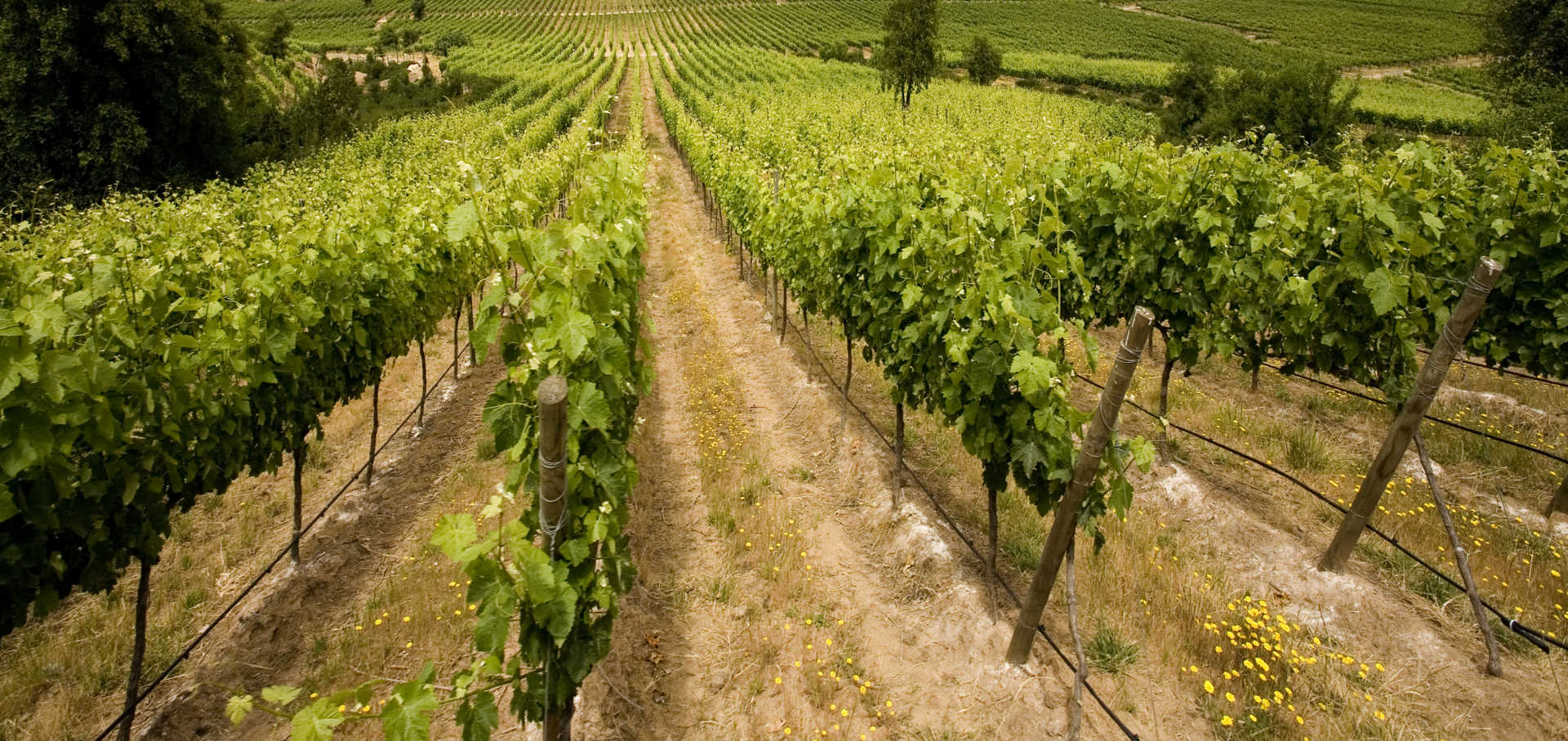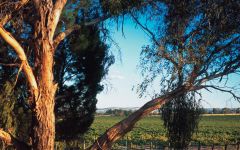Penfolds Bin 407 Cabernet Sauvignon 2019
-
James
Suckling -
Wine
Spectator -
Robert
Parker



Product Details
Your Rating
Somm Note
Winemaker Notes
Vibrant crimson red color. The aromas soar brazenly, immediately cabernet – tomato relish/chutney, cassis. Other fruits edge forward for shelf space, like yellow-fleshed plum (El Dorado?) and ripe persimmon. Intriguingly, other less assertive aromatics offer more complexity: sage soaked in butter/oil (pre-saltimbocca preparation); olive leaf/turmeric spices, and caper brine. Reticent oak (cedar) noted – manifested as a seasoned/maturation character. On the palate, the wine is medium-bodied and elegantly framed. No mid-palate deficiencies! Blackcurrant and plum fruits sit alongside mocha/chocolate/walnut flavors. Oak? A genteel (washed, older oak) character – affording a maturation, not a flavor imprint. Mouth-watering with fine, rounded/polished tannins. In sharp palate contrast – a finessed, varietally-driven alternative to the muscular and Grange-like Bin 707 Cabernet.
Professional Ratings
-
James Suckling
An amalgam of redcurrant and blackcurrant aromas with cedary and leafy tones, dark berries and pepper and plenty of oak strut. The palate has a deep vein of black-fruit flavors, as well as plum and chocolate. Bold extract. A blend of Padthaway, Coonawarra, Wrattonbully, McLaren Vale and Barossa Valley. Drink now.
-
Wine Spectator
Polished from top to bottom, this red boasts fine-grained tannins, offering a generous core of blackberry and cassis flavors that show accents of cured black olive, sandalwood and vanilla-laced cedar, with a whiff of peppermint and dried sage, all harmonious on the long finish. Drink now.
-
Robert Parker's Wine Advocate
While the 2019 Bin 407 Cabernet Sauvignon shows ample concentration and ripe tannins, there's a pervasive herbal note. While some will call it Cabernet's varietal character—and I won't dispute that a bit of pyrazine is indeed endemic to the Cabernet family of grapes—balance is key. To this taster, there's just a bit too much mint and other green stuff for me to go gaga over the 2019 Bin 407. It's still an excellent wine, with plenty of weedy cassis fruit, a ripe, lush feel on the medium to full-bodied palate and a velvety, dark-chocolate finish. Sourced from Padthaway, Coonawarra, Wrattonbully, McLaren Vale and Barossa Valley, it spent a year in a combination of French and American hogsheads.
Other Vintages
2020- Decanter
-
James
Suckling -
Robert
Parker -
Wine
Spectator -
Wine
Enthusiast -
Wine &
Spirits
- Decanter
-
James
Suckling -
Robert
Parker -
Wilfred
Wong
-
James
Suckling -
Wine
Enthusiast -
Wine &
Spirits -
Jeb
Dunnuck -
Wine
Spectator -
Robert
Parker
-
James
Suckling -
Wilfred
Wong - Decanter
-
Robert
Parker
-
James
Suckling -
Wine
Spectator -
Robert
Parker
-
James
Suckling -
Wine
Spectator -
Robert
Parker
-
James
Suckling -
Wilfred
Wong -
Robert
Parker -
Wine
Spectator
-
Wine &
Spirits -
Robert
Parker -
Wilfred
Wong -
Wine
Spectator
-
Robert
Parker -
Wine
Spectator
-
Wilfred
Wong -
Robert
Parker -
Wine
Spectator
-
Wine &
Spirits
-
Wine
Spectator
-
Wine
Spectator
-
Wine &
Spirits
-
Wine
Spectator
-
Wine &
Spirits
-
Wine &
Spirits -
Wine
Enthusiast








Penfolds has been producing remarkable wines since 1844 and indisputably led the development of Australian fine wine in the modern era. The introduction of Penfolds Grange in 1951 forever changed the landscape of Australian fine wine. Since then a series of stand-out wines both white and red have been released under the Penfolds masthead.
Peter Gago, Penfolds Chief Winemaker and only the 4th custodian of Grange, relishes the opportunity to bring Penfolds to the world stage and is an enthusiastic ambassador and natural educator. Penfolds came to the attention of the US market when 1990 Grange was Wine Spectator’s ‘Wine of the Year’. Since then, Penfolds Grange has become one of the most collectable wines of the world and was honored to grace the front cover, once again, of Wine Spectator, with declarations of Grange as Australia’s Icon.

A noble variety bestowed with both power and concentration, Cabernet Sauvignon enjoys success all over the globe, its best examples showing potential to age beautifully for decades. Cabernet Sauvignon flourishes in Bordeaux's Medoc where it is often blended with Merlot and smaller amounts of some combination of Cabernet Franc, Malbecand Petit Verdot. In the Napa Valley, ‘Cab’ is responsible for some of the world’s most prestigious, age-worthy and sought-after “cult” wines. Somm Secret—DNA profiling in 1997 revealed that Cabernet Sauvignon was born from a spontaneous crossing of Cabernet Franc and Sauvignon Blanc in 17th century southwest France.

South Australia is the historic heart of Australian wine, a great wine capital of the world, and home to some of the most famous regions. It produces more than 80% of Australia’s premium wine from some of the oldest vines in the world. There is an abundance of varieties and wide spectrum of styles to explore. From the rogue to refined, discover Australian wines that are far from ordinary.
